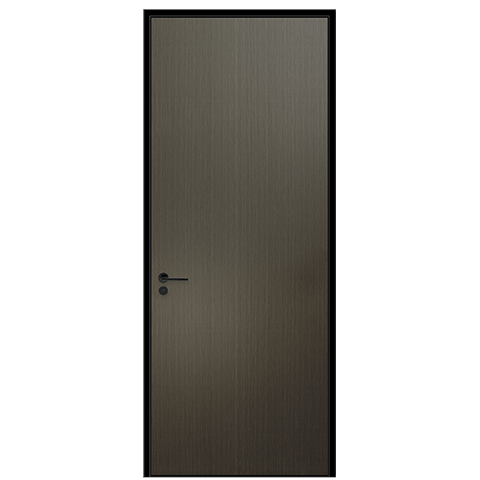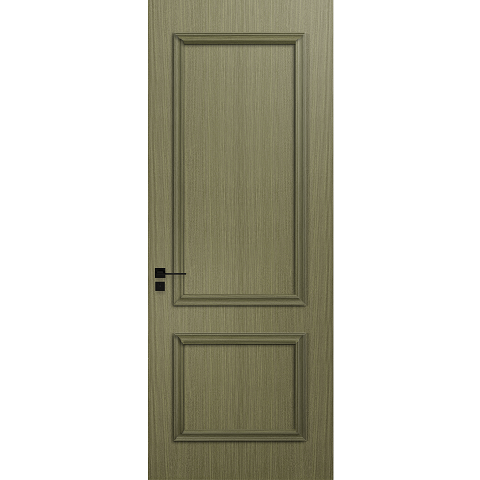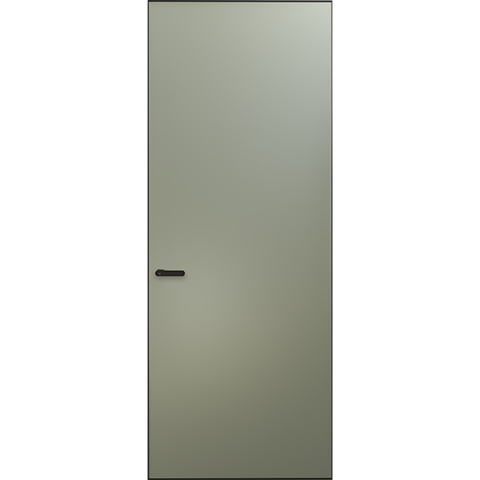Learn about micro-ventilation windows and window-type fresh air
Today Baydee saw a very interesting question, "The outdoor environment is too bad! Is there a solution for both ventilation and dustproofing of doors and windows?" It is quite practical. Now that the air is so poor, fresh air is not a must for all families, so What should I do if the outdoor air is too poor and the house needs to be ventilated? What should I do if I live on the first floor and want to ventilate at night?
Can the doors and windows of the house be ventilated and dust-proof? Hey, yes, Baydee will talk about 3 solutions today: Considering this problem before installing doors and windows, you can change the window type: (1) Inward-opening and inward-winding windows or "micro-ventilation inward-opening and inward-facing windows" to improve ventilation ; (2) Use "window fresh air" to change the ventilation method. After the doors and windows are installed, high-density and high-permeability screens can be used to improve the relationship between ventilation and dust prevention, that is, (3) high-mesh screens.
These three methods are very interesting and have a wide range of applications:
01 Window type - change the ventilation direction
(1) Inward-opening and inverted windows
Inward-opening and inward-facing windows are the most familiar to consumers, and the way to achieve ventilation and dust prevention is also the simplest, changing the direction of wind flow
Compared with the "open and close" window opening methods such as outward-opening windows and sliding windows, the inward-turning state of inward-opening and inward-turning is equivalent to an additional barrier, which makes the interaction between indoor and outdoor air "laborious", and there is a lot of dust It may fall down after climbing half of the slope, so that both ventilation and dust prevention are achieved.
Although the ventilation method of inward-opening and inward-turning windows is more reasonable (the ventilation is more gentle, and the windows do not need to be closed in general rainy days), compared with outward-opening windows, sliding windows also have other disadvantages (1) The height of the ceiling at home needs to be considered in advance, or It is the layout that the curtain box, wall lamp, cabinet, etc. have an influence on the inside of the window. (2) When the window opens inward, it may occupy the indoor space, and children may bump into the corner of the window; users who are not familiar with inward opening and inward inversion may misuse it, causing the window sash to fall off halfway (there is no risk of the window falling off, and you can repair it yourself )
(2) Micro-ventilated inward-opening and inward-facing windows
An upgraded version of the window that opens and tilts inwards, there are three opening methods——opening inwards, tilting inwards, and “inside-inverted” (micro-ventilation)
The opening method is controlled by rotating the handle. When the handle is rotated 180°, the window sash is about 10 cm inward, and the vents are smaller, which is theoretically more dust-proof.
In addition to the disadvantages of inward-opening and inward-facing windows mentioned above by Baydee, the micro-ventilated inward-facing and inward-facing windows also have certain difficulties for consumers to realize: there are fewer dealers for sale, and it is difficult to find (purely when I have learned a lot with Baydee) .
02 Window fresh air - change the ventilation method
The window (door, the same below) fresh air introduced next is actually a small fresh air system installed on doors and windows, which is suitable for homes without fresh air systems and small spaces. It has three advantages: (1) It replaces the indoor and outdoor air, and can play the role of air purification; (2) Compared with the inward-opening and inward-reversing windows, it can achieve air exchange without opening the windows, improving safety (such as living On the first floor, if you want to ventilate at night, you can achieve it); (3) Consumers can buy DIY before decoration, and the price is more cost-effective.
It also has disadvantages: (1) Installing fresh air through windows will reduce the visible area of doors and windows; (2) Like fresh air, it requires power consumption, filter replacement, and machine noise.
(1) Fresh air from doors and windows
There are three types of doors and windows that are equipped with fresh air. One is the "fresh air door and window products" of the door and window brand itself. There are many aliases, some are called fresh air system doors and windows, and some are called anti-haze windows.
Most of the fresh air fans are hidden in the profiles of doors and windows, and some are exposed. The advantage is that they are beautiful in appearance and worry-free, but the disadvantage is that they are relatively expensive.
(2) Self-installed window fresh air
Baydee said that this is the kind of DIY that can be purchased before the renovation. You can purchase the "window fresh air fan" in advance, and then tell the door and window owner to install the window fresh air. installed
Window fresh air is an alternative to wall-mounted fresh air fans. Comrades who have to replace doors and windows at home, you can consider trying it. When purchasing these two window fresh air fans, you can pay attention to product details such as the brand of the fresh air fan, filtration system, coverage, whether there is heat exchange, noise level, and power consumption.
(3) Window fresh air after check-in
There is also a new type of fan, which is modified on the basis of the original windows after the renovation, which may affect the normal use of doors and windows. Baydee has never been in contact with this type of product, so you can find out what you need.
03 High-mesh screen window - to block dust
After the doors and windows are installed, if you want to achieve both ventilation and dust prevention for the windows, you can use screens to block the dust. Of course, ordinary invisible screens and king kong mesh screens have large screen holes, so the dust-proof effect is not obvious, so high-mesh screens are required.
One of the inspection points for choosing screen windows, the larger the mesh of the screen, the smaller the pores and the more dust-proof (common invisible screens on the market have 12 x 12, 18 x 16, 18 x 18, etc., some More expensive screens can be 20 x 20 or larger).
Generally practitioners and manufacturers call this kind of high-mesh screen window "high penetration and high density screen window". The advantage of this type of screen window is that it has a good texture (it looks very firm), and it also has the effect of preventing mosquitoes, dust, and ventilation; the disadvantages Most of them are sheet gauze and side-opening. They are not suitable for invisible screens (easy to crease), and they are easy to accumulate dust and need to be cleaned frequently.
There are still many "dust-proof" screens on the market, with various names, such as electrostatic screens, anti-smog screens, anti-allergic screens, and negative ion screens.. Theoretically, it is the difference between the material of the screen and the number of meshes, so there is an "IQ tax" "Suspicion, here is just a reminder to be cautious when purchasing this type of screen window.
After the introduction of the 3 ways to have both ventilation and dust prevention of doors and windows, what other coups do you have?
 Hot Recommendation
Hot Recommendation
 Latest Products
Latest Products



